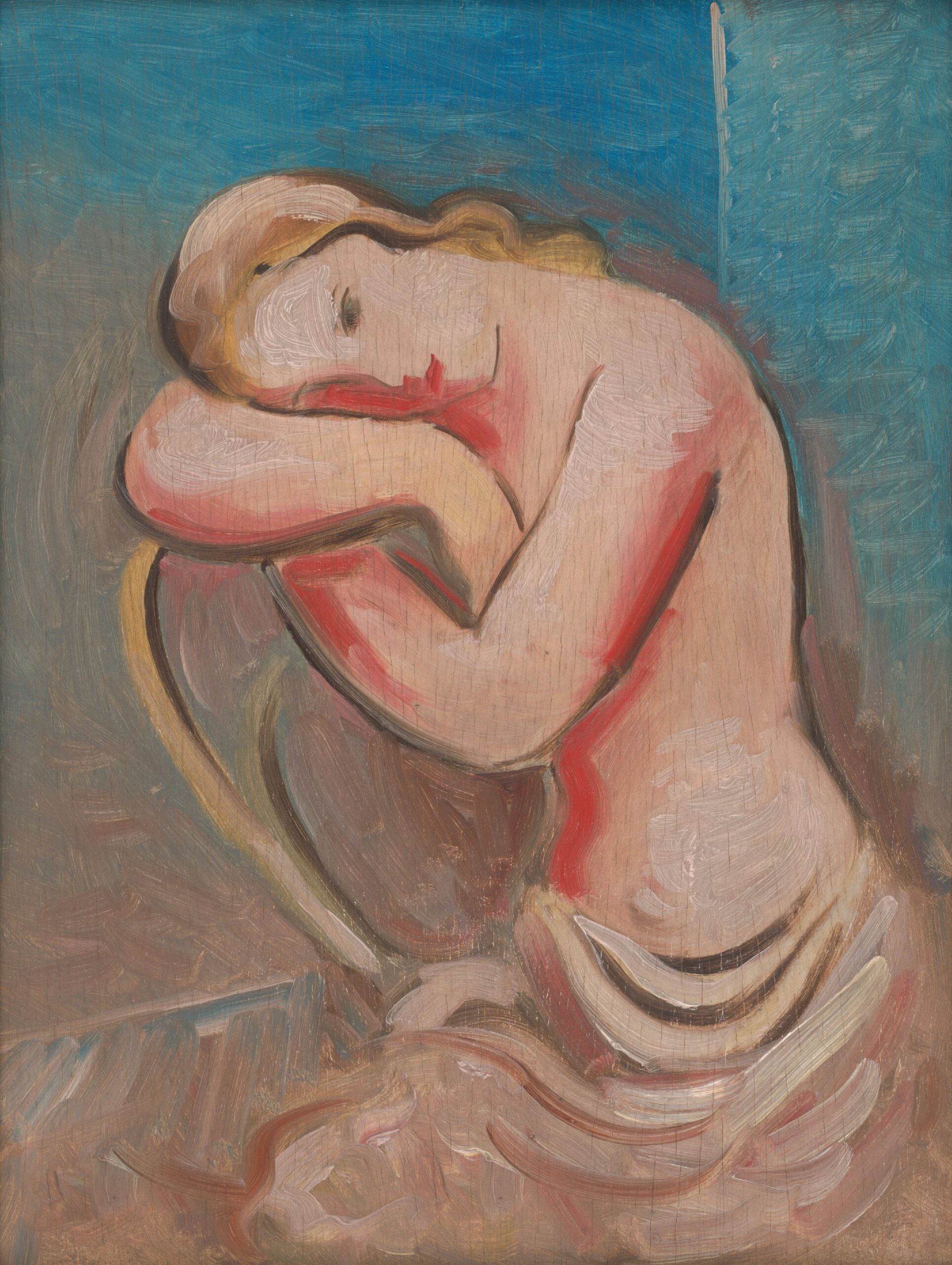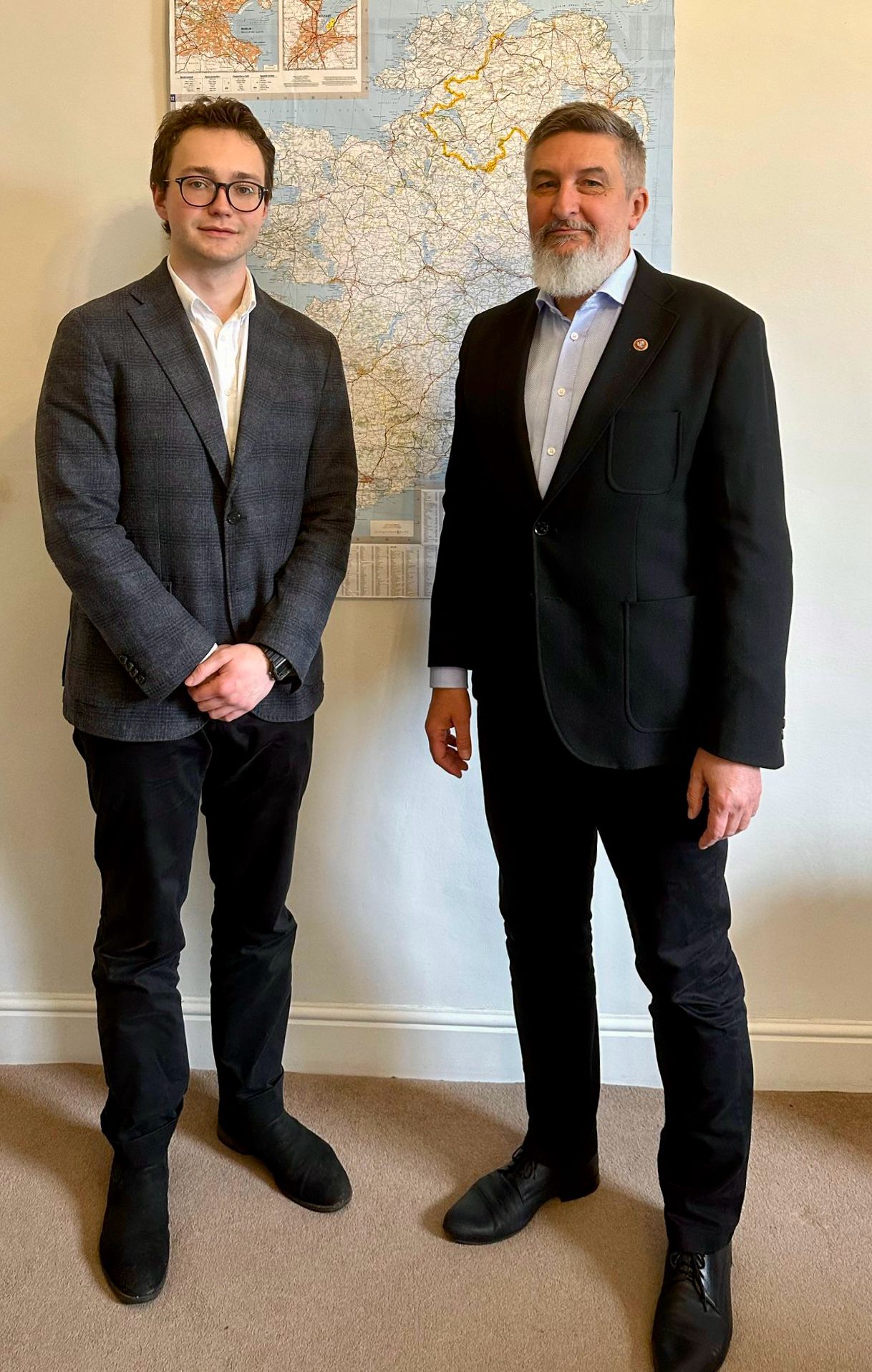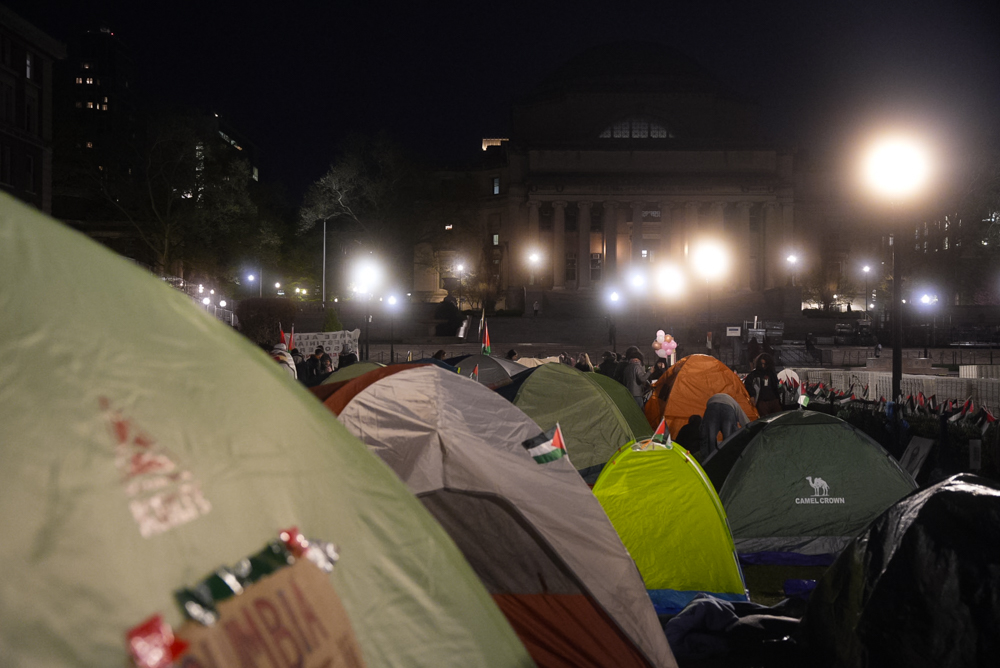Henry James’ iconic short story, The Turn of the Screw opens with the following: “The story had held us, round the fire, sufficiently breathless, but except the obvious remark that it was gruesome, as, on Christmas Eve in an old house, a strange tale should essentially be…”
It’s a familiar scene, and yet one that we, in the 21st century, probably never enjoy: friends and family gathered around the hearth on Christmas Eve, bathed in the dim light of a fire and a few sputtering candles, listening in silent shock to the gruesome tale of the Governess. The Christmas ghost story tradition is a dying one, yet remains vivid in our imaginations as quickly as it fades in practice.
The Christmas ghost story tradition is generally associated with the Victorian era, likely due to Charles Dickens’ moral tale, A Christmas Carol. The telling of ghost stories during the winter months harks back to the pagan practice of gathering together to tell stories of the gods, ancestors and the spirits in celebration of the Winter Solstice – the shortest day of the year, also referred to as Yule. This mid-winter festival was when, like Samhain, it was believed that the division between this world and the otherworld was at its thinnest, allowing spirits to pass through. Many of the Christmas traditions we are familiar with today come from pagan customs, and it is likely that the telling of ghost stories has similar roots – recalling, perhaps, an age when legends of dead ancestors and their eminent escapades were told around temple-floor fires.
The idea that dark winter nights are best suited for stories that intend to horrify can also be found in literature of 17th century. In Shakespeare’s The Winter’s Tale, written in 1611, it is stated that: “A sad tale’s best for winter. I have one/ Of sprites and goblins.” However, it was during the Victorian era that Christmas Eve ghost stories became a compelling custom for the Yuletide season. While periodicals, chapbooks and penny dreadfuls published chilling tales year-round, Victorian families and authors alike relished in scaring one another with chilling tales at Christmas time. Victorian author, scholar and Provost of Eton College, M R James, wrote ghost stories intended to be read aloud at Christmas Eve gatherings of friends and students. The tradition here gave birth to stories such as “Oh, Whistle and I’ll Come to You”, “My Lad” and “The Haunted Doll’s House”.
Moreover, there is a sense of unity evoked through listening to ghost stories together. Our minds are most happily captured when we are furthest away from the more harmful aspects of the tale. Curled up in a cosy sitting room, with fire aglow and stockings hung by the chimney with care, makes for a comforting setting with which to balance a supernatural tale. The stories also provided a moral lesson and a reflection on the transient nature of life itself in order to relay a Christian message of charity upon the listener, as seen with Charles Dickens’s A Christmas Carol or Hans Christian Anderson’s The Little Match Girl.
In modern times, the Christmas ghost story tradition has been sadly all but lost. While we rehash the old Dickens favourite year after year – and the odd Christmas slasher movie, like Black Christmas or Krampus is brought out for those of us who are so inclined – gathering as a family to frighten each other before the arrival of St Nick hasn’t quite made its way to 2016. Perhaps, in honour of your Victorian ancestors this Christmas Eve, consider bookending leaving carrots out for Rudolph and hanging your stocking with a family screening of The Woman in Black or The Exorcist rather than Elf. The little ones will love it.







